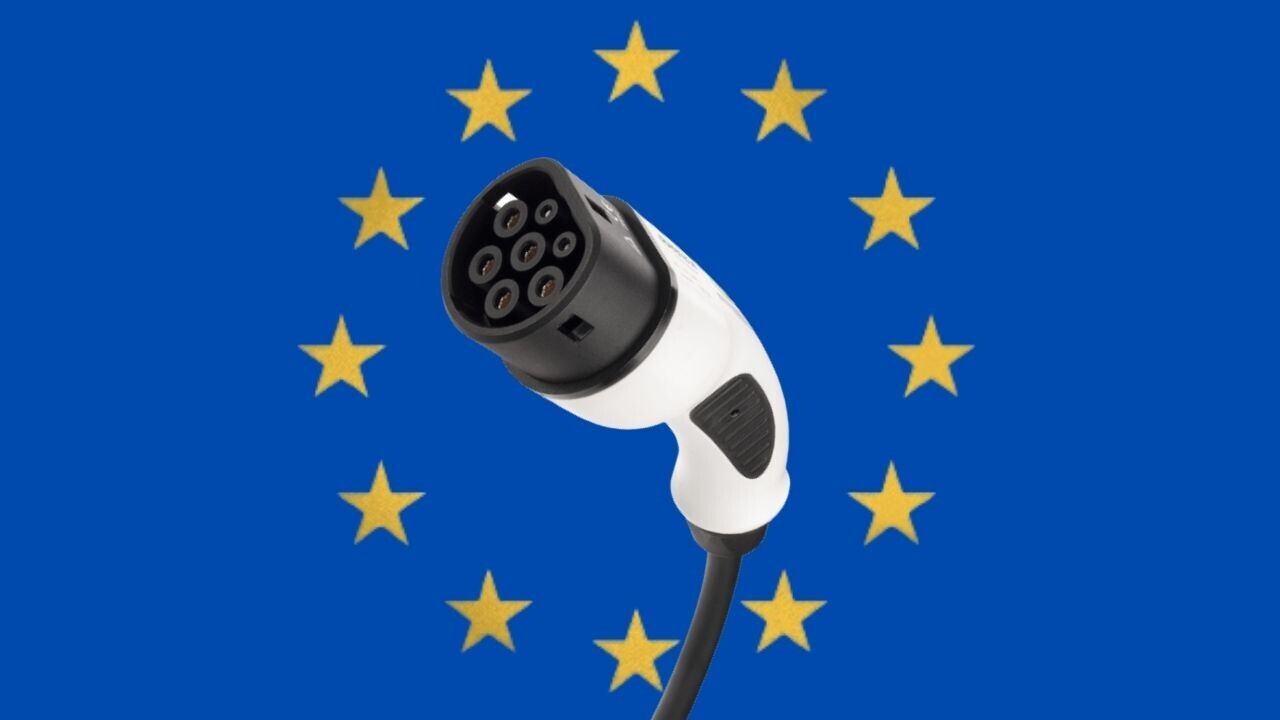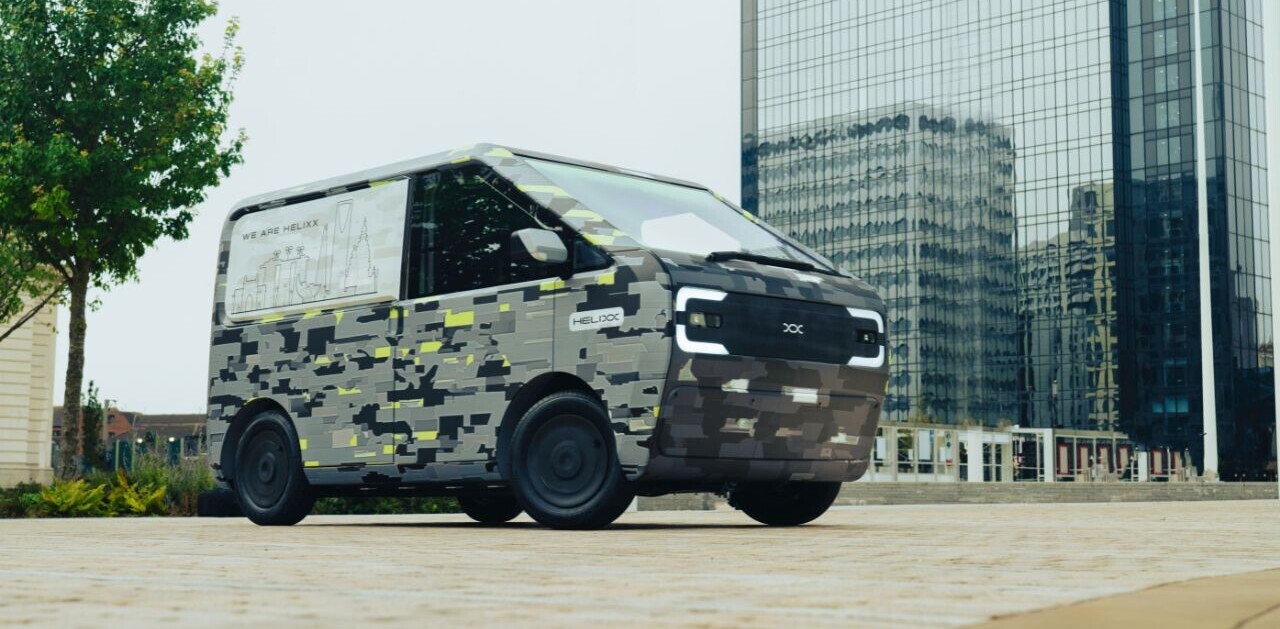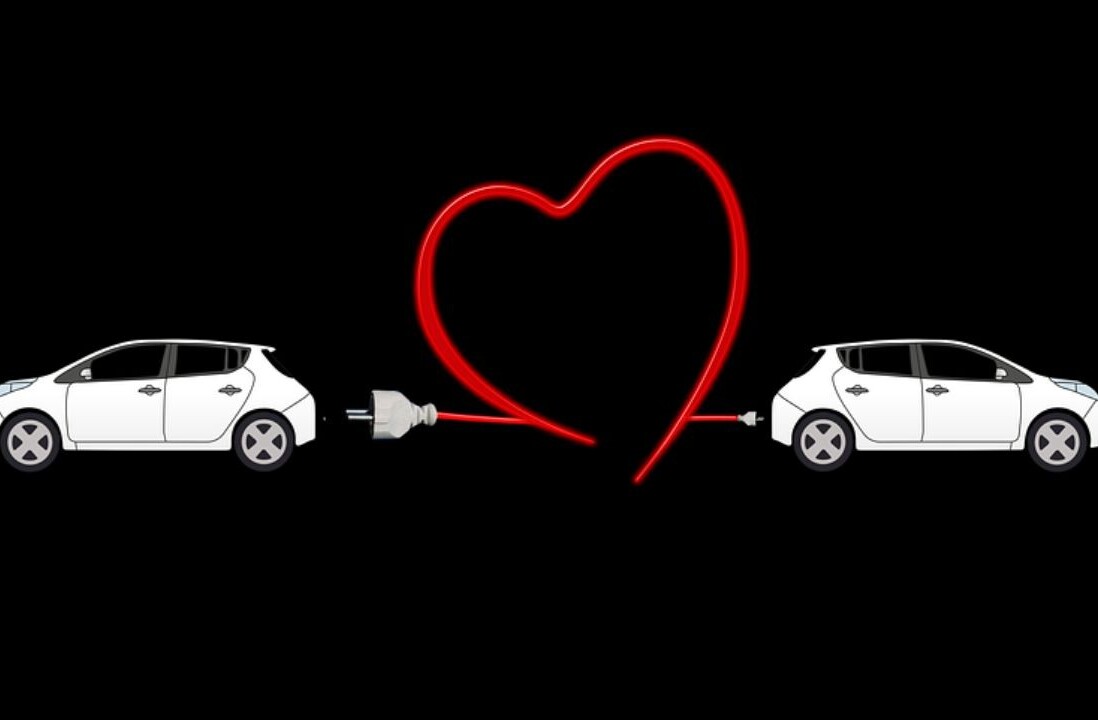
Last year, sales of electric-chargeable vehicles (EVs and plug-in hybrids) in the EU saw an impressive tenfold increase, reaching 1.7 million units — or 18% of the total car market. However, the number of public chargers grew by only 2.5 times over the same period.
According to the European Automobile Manufacturers’ Association (ACEA), the EU’s current pace in charging infrastructure won’t allow the Union to reach its 2030 green targets, which aim for a 55% CO2 reduction from passenger cars.
Citing the latest research by consulting company McKinsey, the ACEA proposes the installation of 6.8 million public charging points across the 27-country bloc by the end of the decade.
This means that up to 14,000 chargers for all vehicle segments would need to be installed every week — compared to the current average that’s less than 2,000.
The 6.8-million figure is almost double the one suggested by the European Commission in its Alternative Fuel Infrastructure Regulation (AFIR) proposal, which is now under negotiation in the European Parliament and Council.
And making the leap from the currently proposed 3.9 million units to 6.8 million units would require an annual investment of $8 billion, according to McKinsey’s estimates.
“The key challenge now is to convince all member states to pick up the pace in deploying the required infrastructure,” said ACEA President and CEO of BMW Group, Oliver Zipse.
Now whether we will see an ambitious conclusion of the AFIR proposal is uncertain, but I sincerely hope that EU leaders will prioritize environmental benefits over cost. Getting more EVs on the road isn’t nearly enough, unless the accompanying infrastructure is able to support it.
Get the TNW newsletter
Get the most important tech news in your inbox each week.




